Talk Overview
Pheromones have evolved to signal the sex and the dominance status of animals and to promote social and mating rituals. In this lecture, I discuss the how pheromone sensing operates in mammals. I will discuss the molecular biology of the chemosensory receptors that are involved the first steps of pheromone sensing. At a higher level of complexity, I will discuss a distinct olfactory structure called the vomeronasal organ (VNO) and how it contributes to sex-specific behavioral responses.
Speaker Bio
Catherine Dulac

Catherine Dulac is an Investigator with the Howard Hughes Medical Institute and Professor of Molecular and Cellular Biology at Harvard University. She received her Ph.D. degree from the University of Paris and worked as a postdoctoral fellow with Richard Axel at Columbia University. Dr. Dulac identified the first candidate genes encoding mammalian pheromone receptors. Dr…. Continue Reading
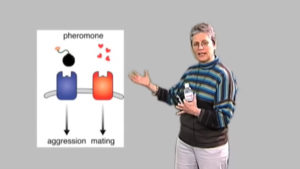
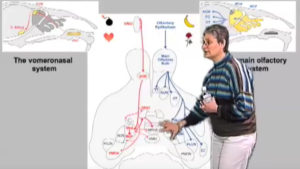
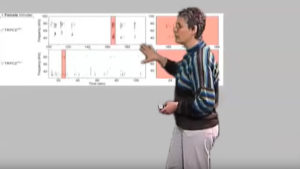
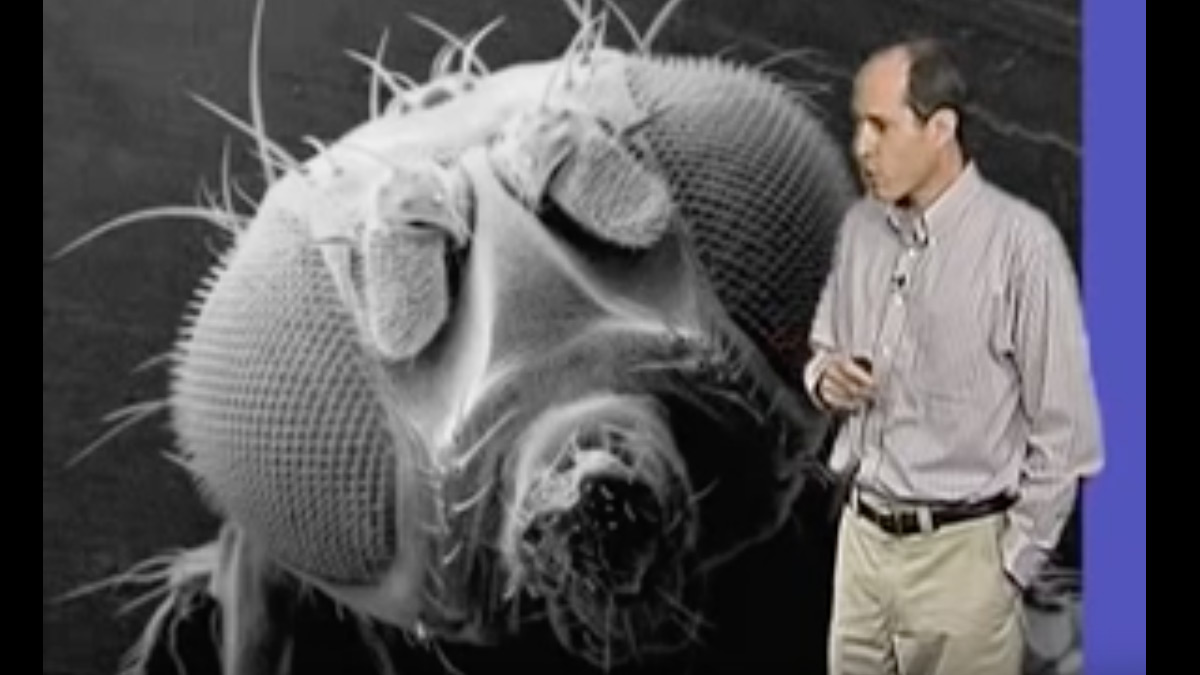
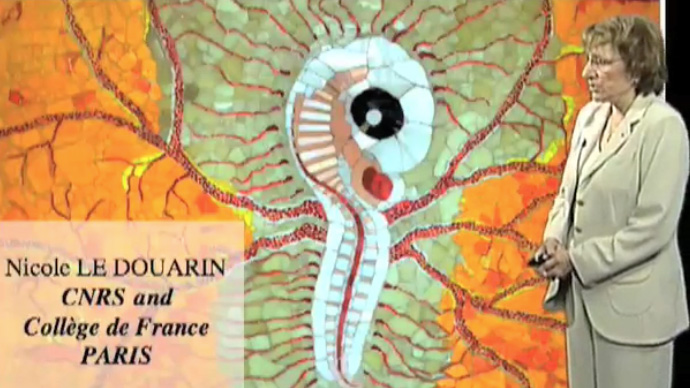
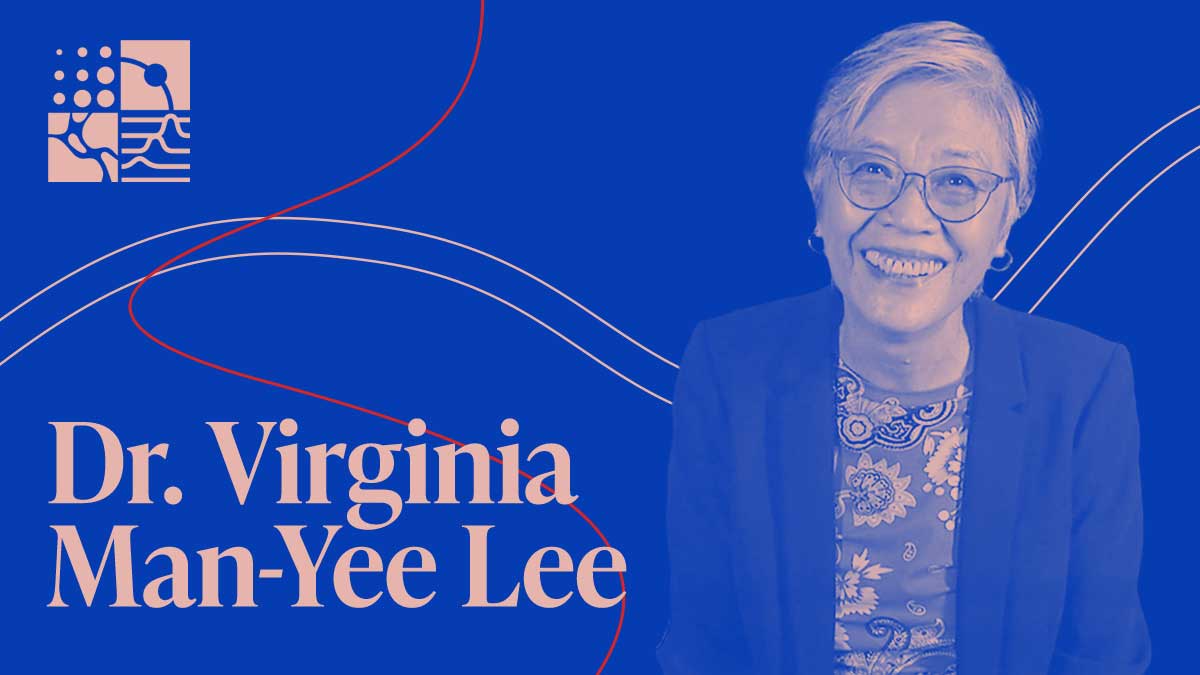






Leave a Reply